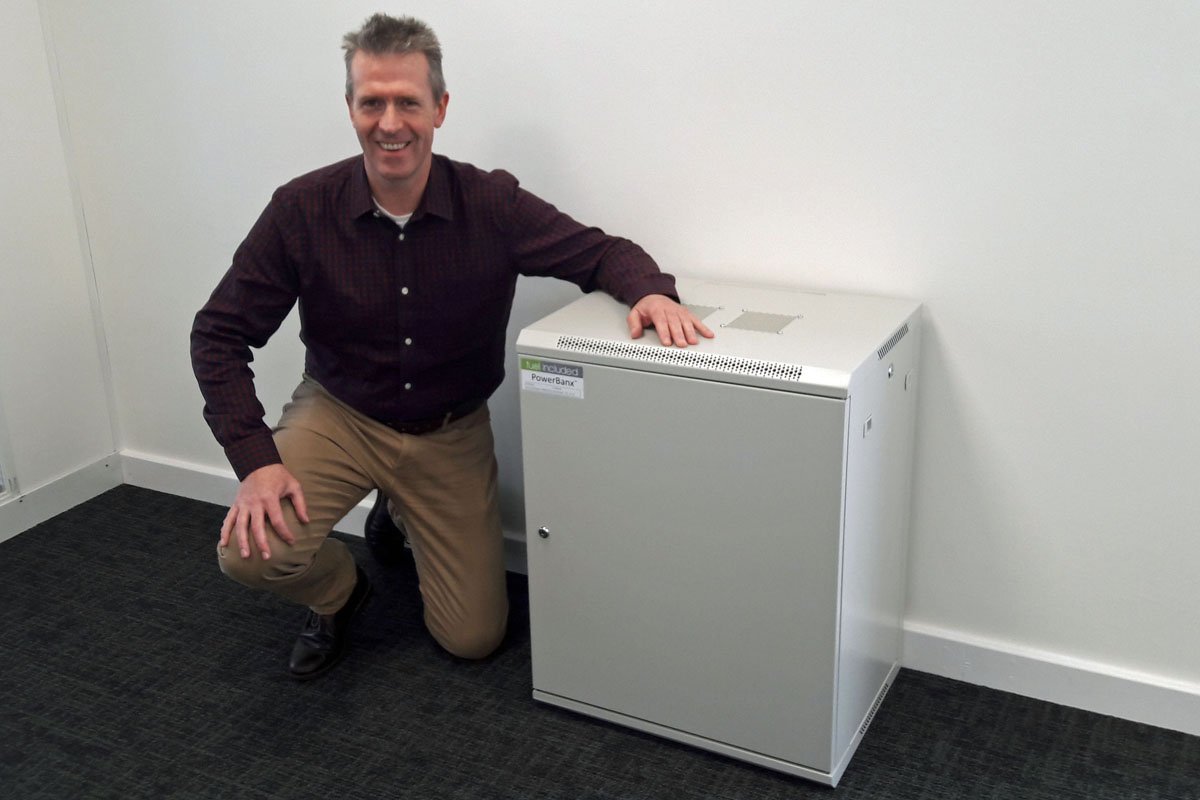Additions of new residential energy storage capacity in the United States reached a record high in the second quarter of the year, exceeding 30 MW, a new report by Wood Mackenzie says.
The market for energy storage in the country is growing fast, the authors note, driven by customer interest and government incentives.
In May this year, IHS Markit forecast grid-connected energy storage capacity would jump twofold by the end of 2019, from 376 MW last to 712 MW. There may be a good chance of such an increase taking place: total new storage additions during the first half of the year were over 200 MW, with 148.8 MW deployed during the first quarter and 79.5 MW deployed during the second quarter.
According to Wood Mac, the reason for the slowdown in total storage capacity additions was due to a sizeable fall in front-of-the-meter storage additions. These, however, would pick up in the second half of the year, the consultancy said, with the pipeline for new FTM storage projects soaring 66 percent from a year earlier.

Tanjent’s PowerBanx X battery storage, in pale grey enclosure (Image: Tanjent)
“The nascent energy storage market in the U.S. continues to grow in fits and starts,” said Wood Mac’s head of energy storage, Dan Finn-Foley. “But signposts such as the record residential storage quarter, massive FTM pipeline growth, and innovative policies such as the Massachusetts clean peak standard point towards an industry that is maturing and should stabilize at scale over the next two years.”
Energy storage used to be a neglected part of the renewable energy bet until it became clear that there could be no renewable energy transformation without it. Solar and wind power systems need storage capacity in order to be able to compete with power generation plants on reliability. Now, with the costs of battery components falling and tax credits, the energy storage industry is exploding.
Read more: Oil Price



